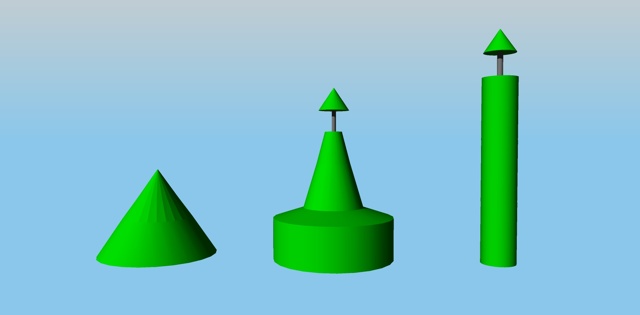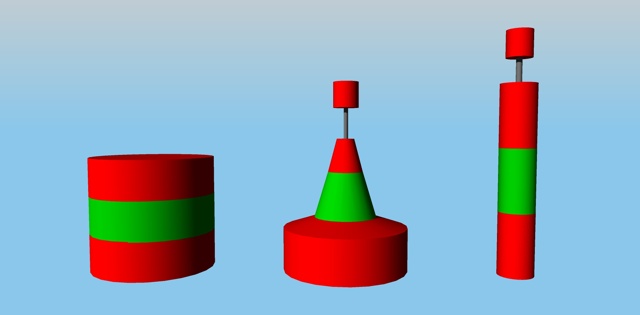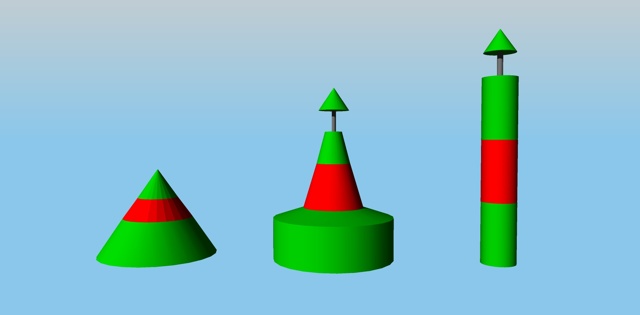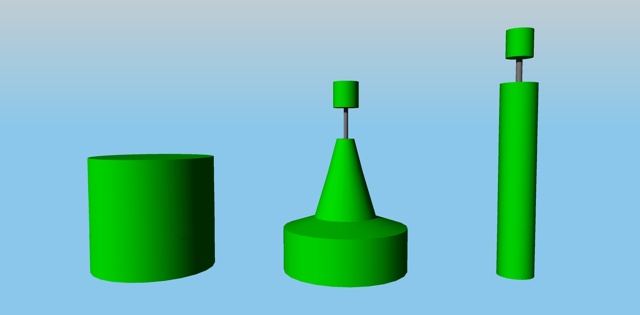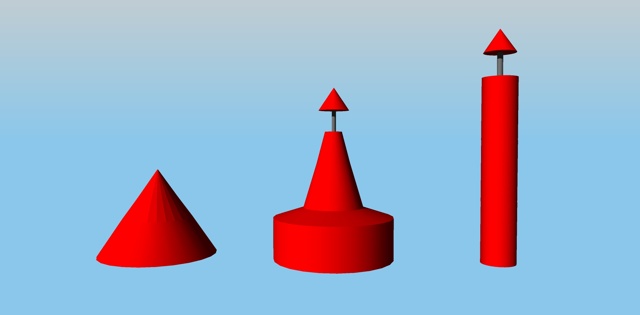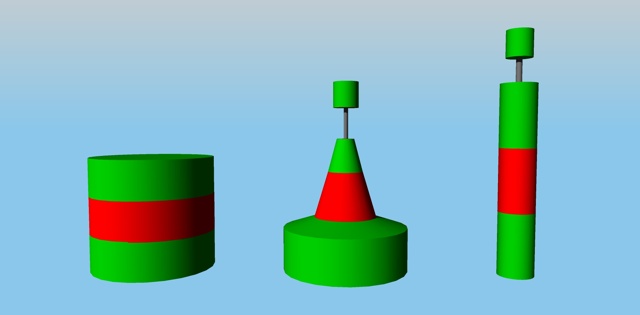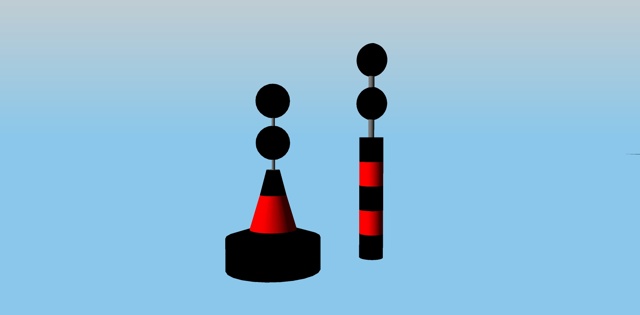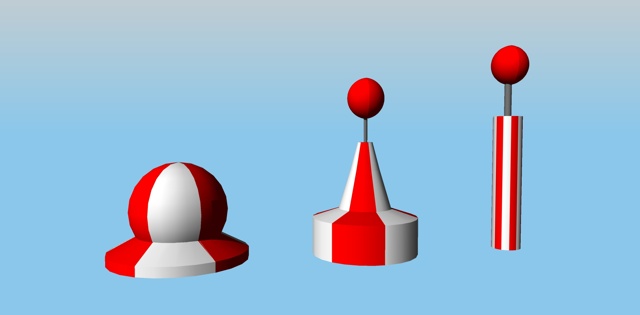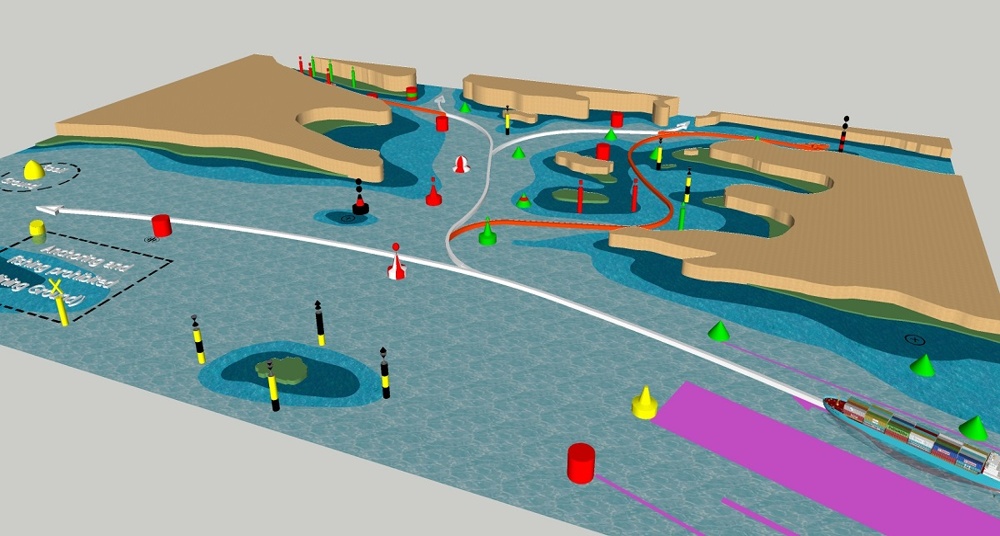Buoyage System History
In 1980, at a conference convened With the international Maritime Organisation (IMO) and the International Hydrographic Organisation (IHO), the lighthouse authorities from 50 countries and the representatives of 9 international organisation concerned with aids to navigation, agreed to adopt the rules of the new combined system, and reached decisions on the buoyage Regions.
They decided to divide the world into region ‘A’ and region ‘B’ as per the picture below:
MARKS
- Lateral Marking Buoys.
- Cardinal Marking Buoys.
- Isolated Danger Marking Buoys.
- Safe Water Marking Buoys.
- Special Marking Buoys.
- Emergency Wreck Marking Buoys.
Lateral Marking Buoys (Regine A)
Lateral Marking Buoys (Regine B)
Flash Interval
“is the time in seconds needed for one complete cycle of changes.”
There are many types of flashes interval, we will be explaining some of them below:
- Flashing (Fl): The duration of the light is always less than the duration of the darkness. The frequency does not exceed 30 times per minute.
- Quick Flashing (Q): The duration of the light is always less than the duration of the darkness. The frequency is at least 60 times per minute.
- Very Quick Flashing (VQ): The duration of the light is always less than the duration of the darkness. The frequency is at least 100 times per minute.
- Isophase (Iso): This interval has equal duration between light and darkness.
- Occulting (Occ): The duration of light is more than the duration of darkness.
REGIONS
They may be used in any combination as the example below:


